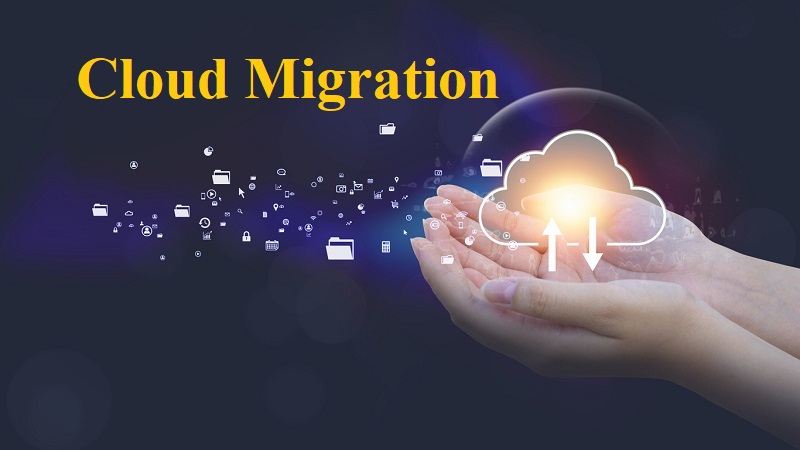When it comes to business growth, why is cloud migration so important? On cloud migration, an organization’s digital assets, resources, and services or applications are deploy in the cloud. This is due to with access to the transferred assets restricted to the cloud’s firewall. Cloud migration is sometimes refer to as cloud computing. Cloud computing has gained popularity in recent years. This is due to its innovative features and a seemingly endless list of commercial advantages. A long time has passed since the term “Cloud Migration” was still a controversial topic of discussion.
User-friendly apps, time-saving features, simplicity of access, better security, and high-quality outputs are all factors that contribute to the success of cloud computing. It also, motivates non-cloud users to make the transition to this game-changing business technology. Aside from that, the decrease in installation and license costs is opening up new opportunities for company owners to participate in cloud computing.
Table of Contents
Why Cloud Migration cannot happen overnight?
In comparison to moving some software to the cloud, moving a whole application to the cloud is a significant step forward and backward in time. Yes, the coding of any application is the heart of the program. But your code is worthless if you cannot reset your password. It is the most difficult obstacle when migrating applications to the cloud. Shifting your data to the cloud may seem to be a viable option.
However, many cloud storage systems on inexpensive discs that are virtualize and shared among numerous tenants. Data storage has got more affordable than ever before. You’ll see what you pay for – such warehouses may be sluggish. They might cause your cloud application’s efficiency to suffer as a result. However, even if your code may be executing quicker as a result of the flexible computing capacity of the cloud, it can only move as quickly as the data it is retrieving and processing.
- Cloud migration has the potential to bring about hazards. The hazards that apply to your environment will be determined by your dynamic context; nonetheless, there are certain common downsides connected with cloud migration that you should be aware of.
- If your application saves and retrieves highly sensitive data, it is possible that you will not be able to keep it up to date in the cloud. Compliance regulations, on the other hand, may place restrictions on your options.
- If your current system is satisfying your requirements, necessitating little maintenance, scalability, or dependability, and your consumers are satisfied, why change anything?
- If you now depend on proprietary technology, you may not be able to lawfully move it to the cloud in your existing configuration.
- When utilizing cloud apps via the internet, it is possible that certain processes can experience increased latency.
- While your hardware is handled by somebody else, you may experience a loss of openness and management when troubleshooting performance problems on your computer.
- Because your specific application architectural design may not entirely conform to distributed cloud architectures, it may be necessary to make certain modifications before putting them into the cloud.
- Cloud hosting or vendor lock-in: Once you’ve committed to a platform or vendor, it may be difficult to exit or switch platforms.
- Downtime. This is something that occurs to everyone, but you may not want to feel as if your availability is being dictated by someone else.
How to overcome and put everything together?
When it comes to managing IT structure, cloud migration presents new issues. Cost, safety, and effectiveness are the three issues that will be discussed today in detail. While it is vital to recognize the dangers, it is also crucial to remember that all three may be avoided with the correct information and the right skills of cloud engineers or cloud designers. In a nutshell, accept operational expenditures, make use of the superb cloud security technologies available. Recognize how far cloud performance has progressed. Shifting and hunting hybrid cloud migration services would become a great method to expand the architecture of your firm if you can successfully navigate each of these problems.
Cloud migration is the procedure of transferring digital holdings such as data, task scheduling, IT capital, or implementations from an on-premises infrastructure to a cloud-based infrastructure. Outsourcing is the process of migrating tools and data from older, legacy systems or an on-premises data center to a cloud-based architecture or data center.
Read: Importance Of SQL Server Consultants For Enterprise Databases
Conclusion
Successful cloud migration requires a comprehensive approach. Itch includes considering all aspects of the transition, from the technicalities of the transfer to the management of short and long-term expenses to the capacity building of employees. There is no one proper approach to relocating. There are many different options. However, investing the necessary effort up front to examine the current infrastructures and determine the degree of any skills shortages is unquestionably the most effective approach to get going.

